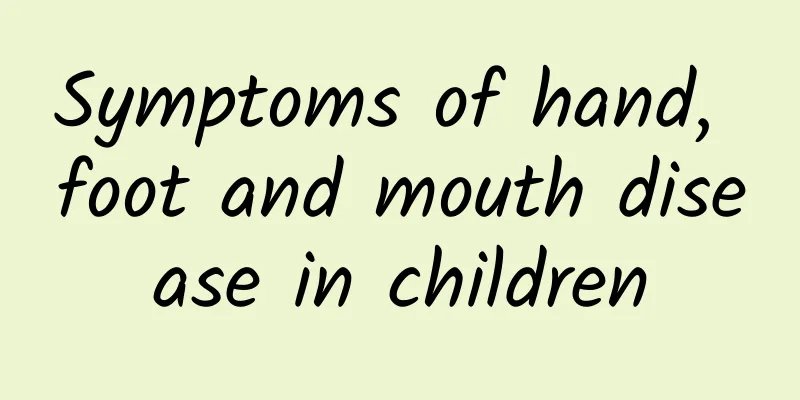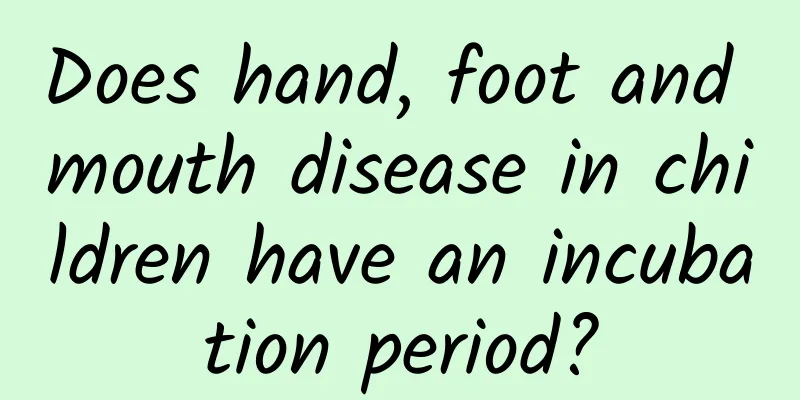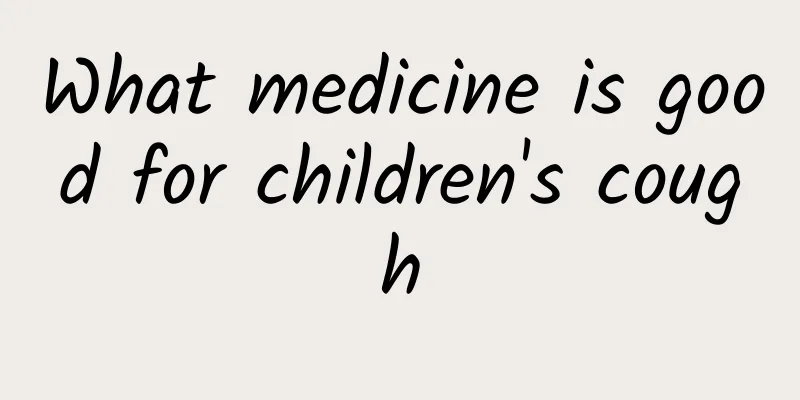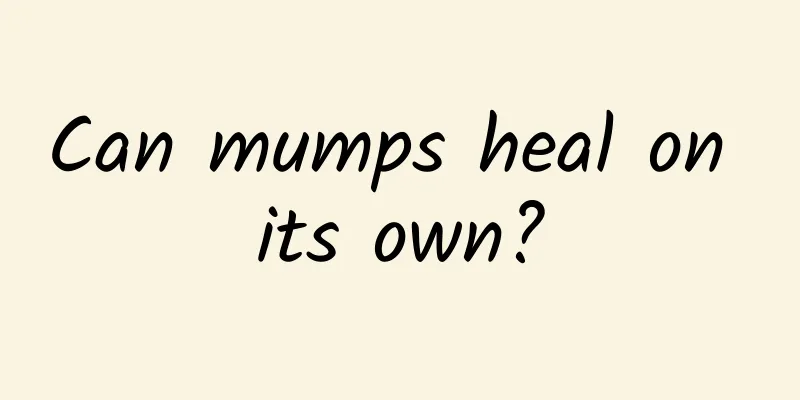Early symptoms of hand, foot and mouth disease in children
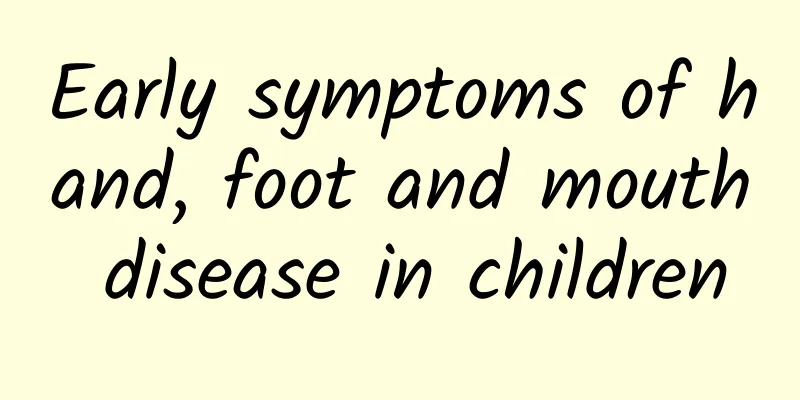
|
The earliest symptoms of hand, foot and mouth disease include fever, loss of appetite, sore throat, and small blisters or erythema on the hands, feet, and mouth. Viral infection may also cause mild cough, runny nose and other symptoms. It is recommended to seek medical attention in time and take appropriate treatment measures according to different situations. The details are as follows: 1. Fever: One of the earliest symptoms of hand, foot and mouth disease is a sudden fever, usually between 38-39 degrees Celsius. Fever is a defensive response of the body to viral infection, which indicates to parents that their children may be ill. At this time, it is necessary to pay attention to keeping the child's water intake to avoid dehydration. If the high fever persists, seek medical attention in time. 2. Loss of appetite: Viral infection can cause a child's appetite to decrease significantly. This is because the virus can cause physical discomfort and sore throat, making it difficult for children to eat. Parents can try to prepare some easily digestible liquid food for their children, such as rice soup, juice, etc., to help maintain nutritional intake. 3. Sore throat: Sore throat is another early symptom of hand, foot and mouth disease. Children may cry, have difficulty swallowing, etc. Sore throat is usually accompanied by ulcers or blisters in the mouth. Parents can give their children warm water or light salt water to relieve discomfort, but they need to be careful to avoid spicy and irritating foods. 4. Small blisters or red spots on the hands, feet, and mouth: These rashes usually appear within 1-2 days after fever, and are common on the palms, soles, inside the mouth, and buttocks. The rash usually does not itch, but it can be painful, especially the blisters in the mouth. Parents need to keep these areas clean to avoid secondary infection. 5. Other symptoms caused by the virus: Some children may also have mild cough, runny nose or headache in the early stage. These symptoms are usually mild, but if the child shows obvious discomfort, it is still necessary to see a doctor as soon as possible to prevent the condition from getting worse. Timely identification of the early symptoms of hand, foot and mouth disease and appropriate care can effectively prevent the disease from getting worse and relieve the child's pain. Caring about the health of children is an important responsibility of every parent. |
<<: Normal range of jaundice index
>>: Is jaundice measured by total bilirubin or direct bilirubin?
Recommend
Is polio hereditary?
Polio is generally not inherited. It is an infect...
What is Alkaline Phosphatase
Alkaline phosphatase is an enzyme found in multip...
Is skipping rope good for ADHD?
Rope skipping is a very common form of exercise. ...
Baby cough has allergic rhinitis
If your baby coughs and has allergic rhinitis, it...
Is mumps without fever considered mild?
Mumps without fever is not necessarily mild. Mump...
The baby has a runny nose and diarrhea for four days.
If your baby has a cough, sometimes unable to cou...
What are the routine examination items for breast milk diarrhea
What are the routine examination items for breast...
What are the traditional Chinese medicine methods for treating patent ductus arteriosus?
What are the traditional Chinese medicine methods...
Early symptoms of hand, foot and mouth disease
Hand, foot and mouth disease is an acute infectio...
What are the contraindications for hernia in children? These 4 points should be avoided
Hernia is very common in children. Although the h...
What is the most effective way to treat jaundice? How can mothers tell if their children have jaundice?
Jaundice, also known as yellow bile, is a symptom...
Sometimes I feel inexplicably sad
Sometimes we feel sad for no apparent reason. Thi...
What are the obvious characteristics of indigestion in children? Here are some methods to treat indigestion in children.
Indigestion in children is a very common discomfo...
How to reduce the fever caused by hand, foot and mouth disease? What are the symptoms of hand, foot and mouth disease fever?
Hand, foot and mouth disease is a relatively comm...
Which hospital has a good reputation for treating pediatric diarrhea?
Autumn and winter are the peak seasons for diarrh...
